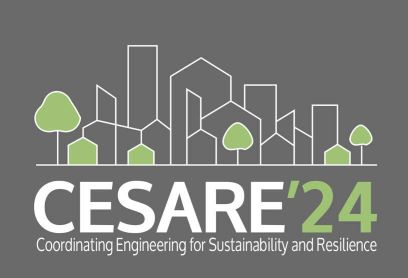Speaker
Description
Increasing urbanization trends led to a growing concern regarding human health risks linked to the long-time exposure to poor indoor air quality. Volatile Organic Compounds (VOCs) such as formaldehyde and benzene are the most significant pollutants in indoor environments due to the relative high number of sources that contribute to increase their concentration in interiors if compared to outdoor air pollution. Vertical Greening Systems (VGSs) have been tested as a space-efficient nature-based strategy using the ability of ornamental plants species in removing VOCs from air. Growing media and rhizosphere microbial community often play a pivotal role in removing indoor VOCs, especially in active biofilters. Although, horticultural substrates are often overlooked in vertical greening applications, an increasing number of studies focus on: investigating sustainable opportunities provided by organic materials to produce alternative growing media; and exploring varied compositions of substrates to maximize VGSs phytoremediation efficiency.
This communication will present preliminary results on testing the influence of varied alternative growing media for VGSs on the removal efficiency of formaldehyde, as the most widespread VOC in interiors. Organic materials such as waste and by-products from agrifood industry and manufacturing sectors have been investigated as potential components of alternative growing media. Obtained substrates have been used to set up varied VGS modules by mixing single species of ornamental plants and one of the selected growing media. Each VGS module have been tested through laboratory experiments, being performed by using a sealed chamber specially designed to recirculate the air through the module itself to act as an active biofilter. Green building-integrated systems are promising nature-based solutions to cope with urban challenges such as human wellbeing and circularity. The use of organic growing media to improve the biofiltration capability of these systems is a promising alternative towards their successful implementation in the urban built environment.
| Keywords | nature-based solutions, green infrastructure, vertical greening systems, indoor air quality, formaldehyde |
|---|---|
| Topics | Impact of climate change on the built environment • Sustainable resilience of systems in the built environment • Environmental engineering • Circular economy • Innovation in materials, products and systems • Sustainable infrastructures • Facade engineering • Green technology for civil engineering • Green buildings • Waste management |

